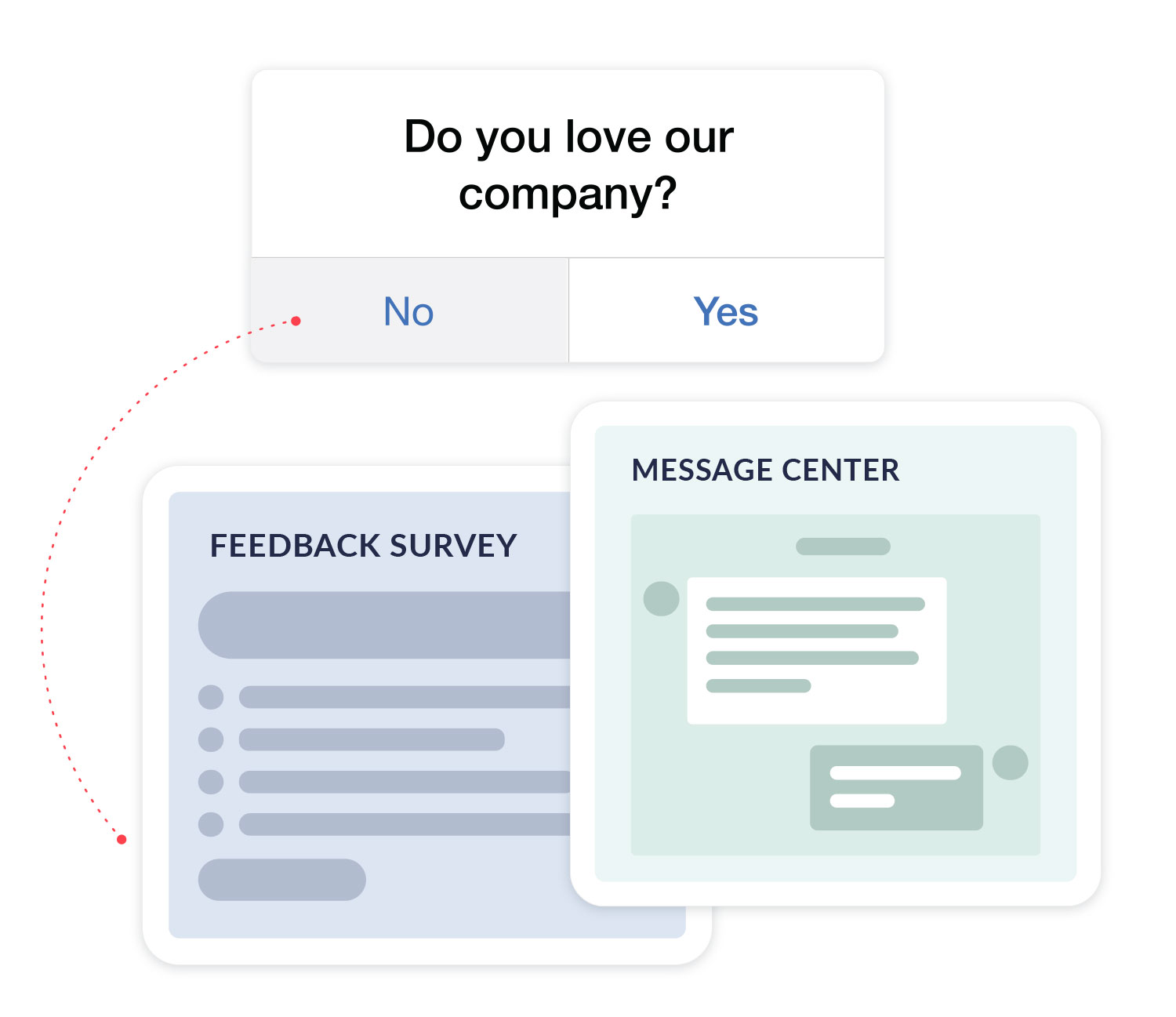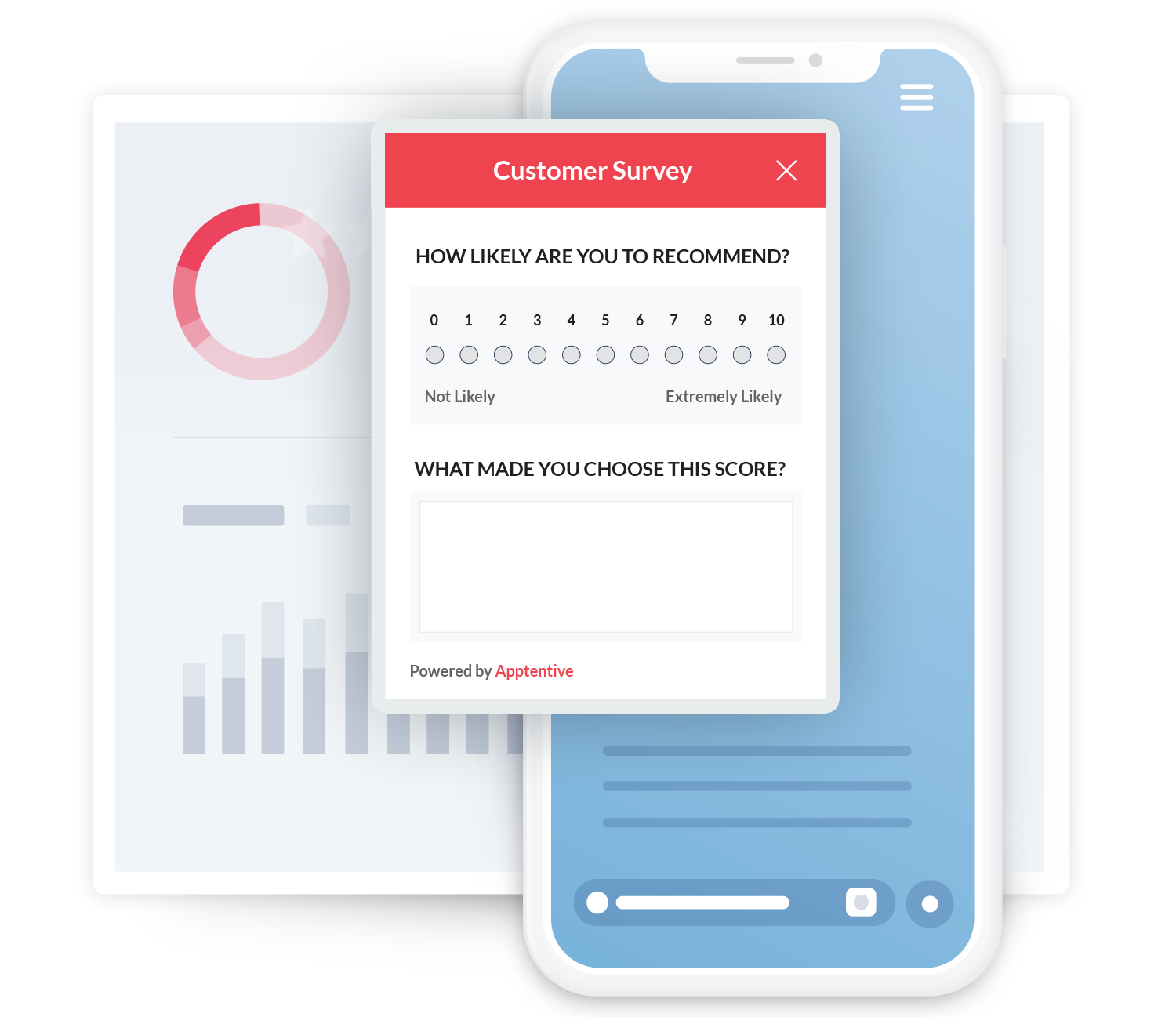In today’s competitive landscape, where customers have countless options at their fingertips, listening to and acting on product feedback is more crucial than ever. Customers want to feel heard, and product feedback is a vital tool that enables businesses to understand their needs and preferences before they turn to a competitor. Proactively gathering and analyzing feedback allows you to identify and address pain points swiftly, ultimately enhancing customer satisfaction and loyalty. In this comprehensive guide, we will delve into what product feedback is, why it’s essential, and explore seven effective strategies for collecting and utilizing it to drive success.
What is product feedback?
Product feedback refers to any type of input or commentary provided by customers regarding your product or service. This feedback can be either qualitative or quantitative and can come from various sources, including:
- Message Boards and Forums: Customers often share their experiences and opinions on product-related forums or community boards.
- Social Media: Platforms like Twitter, Facebook, and Instagram serve as venues for customers to voice their thoughts on products.
- App Store Reviews: Users leave ratings and comments in app stores, providing valuable insights into their experiences.
- Online Surveys: Structured surveys designed to collect specific types of feedback from customers.
- Direct Feedback Channels: This includes emails, feedback forms, or live chat interactions.
Understanding product feedback helps businesses gain a clearer picture of how customers perceive their products and services. It allows you to identify strengths, uncover weaknesses, and make informed decisions about product improvements.
Why product feedback matters
Proactively soliciting and analyzing product feedback offers several significant benefits for businesses:
1. Better Understanding of the Customer Journey
Product feedback provides a detailed view of the customer journey, helping you map out the various touchpoints where customers interact with your product. By analyzing feedback, you can identify pain points, obstacles, and areas where the customer experience may fall short. This understanding allows you to enhance each stage of the customer journey, resulting in a more seamless and satisfying experience.
2. Creation of Desired Products and Features
Listening to customer feedback enables you to align your product development efforts with customer needs and desires. By understanding what features customers want and what improvements they suggest, you can prioritize and develop products that meet their expectations. This alignment not only increases customer satisfaction but also enhances the likelihood of product success in the market.
3. Continuous Improvement
Feedback facilitates ongoing product enhancements and iterations. By continuously gathering and analyzing feedback, you can identify emerging trends, address recurring issues, and refine your product over time. This iterative approach ensures that your product remains relevant and competitive, adapting to changing customer preferences and market conditions.
4. Quick Issue Identification
Early detection of issues within your product or customer experience is crucial for timely resolution. Feedback helps you identify problems before they escalate, allowing you to address them proactively. Whether it’s a bug in the software, a usability issue, or a customer service concern, prompt action based on feedback can prevent minor problems from becoming major roadblocks.
5. Enhanced Customer Relationships
Engaging with customers through feedback mechanisms strengthens your relationship with them. It demonstrates that you value their opinions and are committed to improving their experience. When customers see that their feedback leads to tangible changes, they are more likely to develop a positive perception of your brand and remain loyal.
7 ways to collect and act on product feedback
-
Ask the right questions…
Do you know how your customers feel about your app or website? What about a particular feature you are planning to roll out or have rolled out? How do you know which feature will have the biggest impact on your customers?
To answer these questions and more, you must start by asking yourself two questions:
- What do I want feedback on? Clearly define the focus of your feedback request. Are you seeking input on a specific feature, such as the login process or the checkout experience? Or are you looking for general feedback on the overall product?
- What kind of feedback do I want? Decide whether you need quantitative data, such as Net Promoter Score (NPS), or qualitative insights from open-ended responses. Quantitative feedback provides numerical data that can be analyzed statistically, while qualitative feedback offers richer, more detailed insights into customer experiences and opinions.
If done right, asking the right questions can take the guesswork out of your mobile strategy. These answers provide a mechanism for dissecting a customer’s experience with your app and gives them a voice to express suggestions and critiques. In turn, insights can be used to re-shape your customer experience landscape.
-
…to the right consumers
Effective feedback collection requires targeting the right audience at the right time. At Alchemer Mobile (formerly Apptentive), we emphasize the importance of understanding the mobile customer journey and mapping out key touchpoints where feedback can be gathered. Here’s how you can achieve this:
- Map the Customer Journey: Identify the various stages of the customer journey, from initial interaction to post-purchase experience. Determine which touchpoints are most critical for gathering feedback.
- Segment Your Audience: Target specific customer segments based on their interactions with your product. For example, you might seek feedback from users who have recently engaged with a new feature or from those who have experienced a particular issue.
- Timing is Key: Choose moments when customers are most likely to provide meaningful feedback without disrupting their experience. Avoid interrupting users during critical tasks, such as completing a purchase or using a key feature.
By targeting the right consumers at appropriate times, you can collect feedback that is both relevant and actionable, leading to more effective improvements.
-
Run in-app surveys
In-app surveys are a valuable tool for gathering real-time feedback from users. They allow you to collect both quantitative and qualitative data, providing insights into customer satisfaction and sentiment.
- Design Effective Surveys: Create surveys that are concise and focused on specific areas of interest. Avoid lengthy surveys that may deter users from completing them. Use a mix of question types, including rating scales, multiple-choice questions, and open-ended prompts.
- Timing and Placement: Ensure that surveys are presented at appropriate times during the user experience. For example, you might ask for feedback after a user has completed a task or achieved a milestone. Avoid interrupting users during critical moments, such as during a purchase or while using a core feature.
- Analyze Results: Regularly review and analyze survey responses to identify trends, patterns, and areas for improvement. Use the insights gained to inform product development and enhance the user experience.
In-app surveys are particularly effective for capturing feedback from users while they are actively engaged with your product, providing valuable insights into their experiences and perceptions.
-
Determine NPS+
Net Promoter Score (NPS) is a widely used metric for measuring overall customer satisfaction and loyalty. However, its traditional format may not fully capture the nuances of customer feedback. NPS+ is an enhanced approach that builds on the NPS framework to provide more actionable insights. Here’s how NPS+ works:
- Traditional NPS: Customers are asked to rate their likelihood of recommending your product to others on a scale of 0 to 10. This rating is then used to calculate your NPS score.
- NPS+: After providing their rating, customers are prompted to answer an open-ended question, such as “Why did you choose this score?” This allows them to provide additional context and explain their rating in their own words. You have a unique opportunity to gather much more valuable and actionable customer feedback if you evolve NPS to NPS+.
- Analyze and Act: Use the qualitative feedback from NPS+ to gain deeper insights into customer sentiments. Identify common themes, strengths, and areas for improvement. Incorporate this feedback into your product development and customer experience strategies.
NPS+ helps you move beyond a single score and gain a more comprehensive understanding of customer opinions and experiences, enabling you to make more informed decisions.
.
-
Keep a consistent pulse on feedback
To effectively drive product improvements, it’s essential to maintain a consistent pulse on customer feedback. This involves regularly checking in with customers and proactively seeking their input. Here’s how to keep a consistent pulse on feedback:
- Implement Feedback Mechanisms: Set up feedback channels that allow customers to easily share their thoughts and experiences. This could include in-app feedback forms, customer support interactions, or dedicated feedback portals.
- Regular Check-Ins: Schedule regular intervals for collecting and reviewing feedback. This could be monthly, quarterly, or as needed based on your product and customer base.
- Monitor Sentiment: Use tools like the Alchemer Mobile Love Dialog to gauge customer sentiment in real-time. For example, the Love Dialog asks, “Do you love our company?” and provides insights into customer emotions.
Consistent feedback collection allows you to stay informed about customer experiences and address issues promptly. It also helps you track changes in sentiment over time and measure the impact of your improvements.
-
Leverage two-way communication channels
Providing customers with a channel for two-way communication is crucial for addressing their issues and gathering feedback. A message center or similar communication channel allows for direct interactions between customers and your support team. Here’s how to leverage two-way communication channels effectively:
- Set Up a Message Center: Implement a dedicated message center within your app or on your website where customers can easily submit feedback, report issues, or seek assistance.
- Direct Unhappy Customers: When customers express dissatisfaction, direct them to your message center instead of public review platforms. This helps address their concerns privately and efficiently.
- Improve Communication: Use the insights gained from two-way interactions to enhance your communication strategies. Ensure that your support team is trained to handle feedback and resolve issues promptly.
Two-way communication channels streamline the feedback process and improve the overall customer experience. By providing a direct line of communication, you can address concerns quickly and prevent negative reviews.
-
Integrate what you learn into your product roadmap
What good is feedback if you don’t use it to make data-driven decisions? It’s not enough to just collect customer feedback and let it sit – you must analyze and act on it. It may seem obvious, but far too many businesses collect customer feedback and then let it sit.
A very easy way to use customer feedback is to continually improve your product. Customer feedback provides publishers with pre-validated ideas to fix or improve their experiences. These insights should inform your product roadmap and rally your development team around a single, centric point: the customer.
Ultimately, analyzing product feedback looks different for every business depending on what questions are asked and where it’s collected. But regardless of the what and the where, the feedback you collect is only as good as how you process it.






